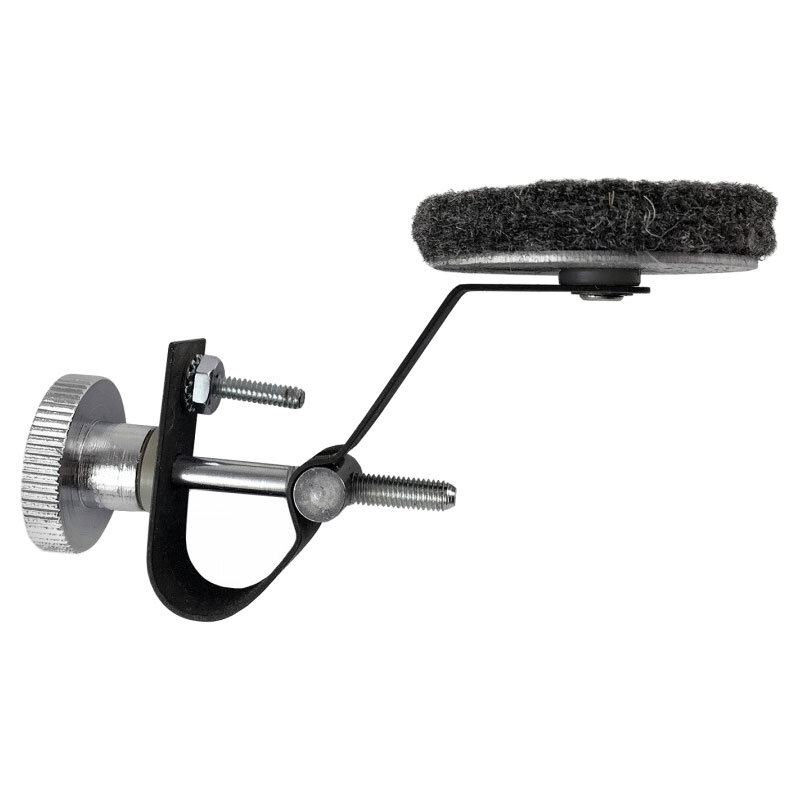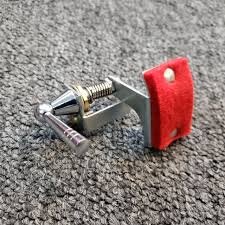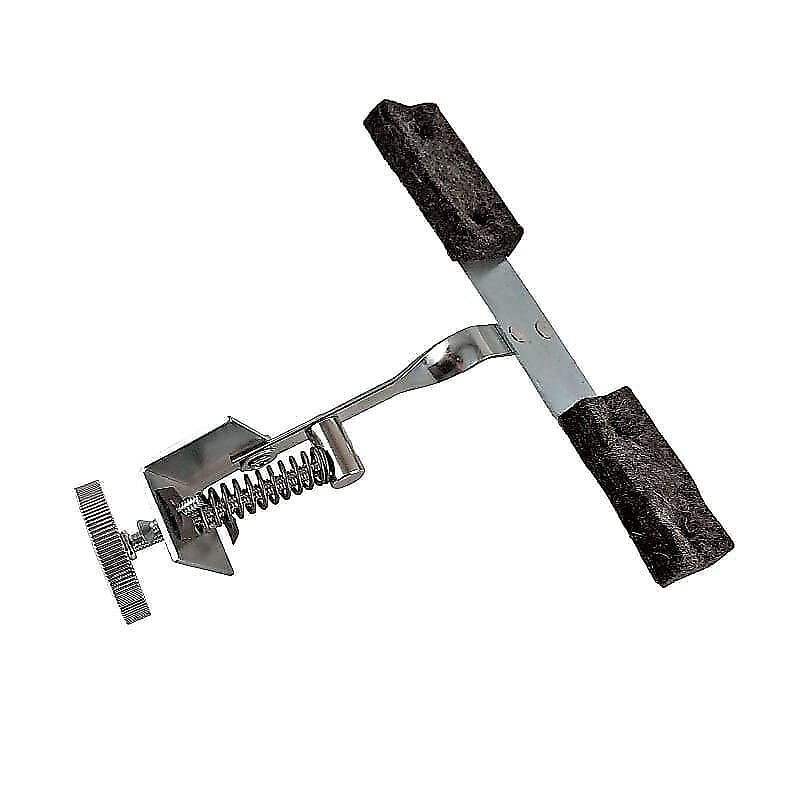I thought I’d take some basic rock beats and render them in 5/4. I’m having fun with the result.
Read more3+3+3+3+2+2 = Four Three Stroke Rolls + A Single Stroke Four
Editor’s Note: Richard Best sent me this thing he’s been working on for his students. He’s calling it variations on the classic 3+3+3+3+2+2 rhythm. There are two rudiments within these patterns.
Read morePlastic Fantastic - 3D Printer drum parts
So, I have an invention. I wanted to get a prototype made from my sketches and got a quote of $250 to have a one 3D printed. I thought that was pretty good and I was all set to commission the work. Then I got talking to a friend who is a designer and mentioned the prototype and the cost. He said he’d just bought a 3D printer for $300. Well that was enough to send me off in a totally different direction.
Read moreRudiments that work overtime
I have a habit of ranting against the rudiments. Of course I'm referring to the classic rudiments of military origin. The point I usually try to press home is that many of the ‘standard’ rudiments are rather hard to apply to the drum set and others rarely fit modern music.
Read moreDoes Neatness Count?
I'm a stickler for clean technique and a clean sound. I like to hear every stroke, every tap, every nuance, so I spend a lot of time on articulation to enhance my control and to refine my sound. And then someone like Stanton Moore comes along and raves about something he calls “the slop”. You can hear it in his playing, especially in his second line shuffle, where the strokes seem to just slosh around joyously. And boy does it cook!
Read moreThe Forgotten Head
…double-headed drums have regained their spot at the top of the food chain. But with more membranes comes more responsibly. Tuning a two-headed drum means tuning two heads and getting them to play nicely together.
Read moreThe Myth of Independence
When I was at music school, we had a coven of enthusiastic drummers, and almost every week one of our members would see some note-worthy drummer at a club and dutifully report the next day that the player had '4-way independence. But there's a problem with that assessment.
Read moreWhat Color Is Your Metronome?
* I heard a better one at a big band practice. The leader called out one of the trumpet players and said, “You're time's sort of all shot to hell”.
Read moreListen Up and Listen Good! "Speed Listening"
Wouldn't it be great if we could take a ‘speed listening’ course, one that would teach us to hear 'faster'? That way we’d be able to catch just about any turn in the road and respond immediately.
Read moreKnow Your Metal
Cymbals have an interesting history that dates back more than 3000 years. And it all begins with a chunk of yellow metal. Cymbals are made from alloy -- a blend of two (or more) metals. The alloy we’re all familiar with is what is traditionally called bell bronze, but there are other alloys to consider. So here is a quick guide to cymbal raw materials.
Read moreWe're Gonna Need A Bigger Drum
I posted an article some time ago on how to play quietly but there is another side to the equation. So let’s have a look at HOW TO PLAY LOUD.
Read moreThat's Not What I Do
I'm listening to a friend's playing on an instructional CD. This guy is a great player, and his tracks here are very impressive. I absolutely love what he's doing. So I'm envious -- no surprise there. And I'm also feeling a bit guilty. Guilty? Now why would that be?
Read moreMiles Ahead - A look back at Canada's Milestone Percussion
The Milestone shells -- each one lovingly hand formed by Clapham and Co. -- were made from a range of 'formulas', each one selected for tone and resonance. Type 2 and 4 made for great bass drums. Toms were available in formula 3 and formula 6. Snares came in formulas 5 and 8. To my ears, there are subtle but discernible differences between the formulas.
Read moreThe Most Important Sticking Ever?
Watch any drummer in any situation -- especially during a drum solo -- and you'll probably see a rather ordinary figure. And you'll see it a lot. That's because the sticking is simple, versatile, easily executed, and very effective … and it‘s a lot of fun to play. It's this one: RLL (or LRR if you prefer).
Read moreIs It Time To Come Clean?
If you'd like to get an interesting discussion going with a group of drummers, ask them how often they clean their cymbals. You're bound to get a plethora of opinions, and possibly a few dirty looks
Read moreDo Not Open until Christmas
In case you get bored after opening all your gifts. These were inspired by Pancho Branas.
Read moreComing to Grips with Grips
You’ve no doubt heard about the various alternatives for the lead hand (both hands in the case of matched grip): German, French and American. You may even have gotten into arguments about it. These variations are relevant to tympani and mallet players, but should drum set players be concerned as well?
Read moreShould We Bring Back The Internal Tone Control?




“After the rock heyday of the ‘60s, internal tone controls began to fade away and are now rather hard to find. (A lot of the vintage drums I’ve seen have had them removed -- and too often lost. Contending with ring is always an issue for many drummers, so let's examine the field of available 'damping'* options.”
Read moreTake the 'N' Train
There are some interesting aspects to entrainment. For example, if you set a few metronomes at different tempos and then put them on a surface that can move a bit, the metronomes will entrain to one tempo regardless of the tempo setting (don't know if anyone's tried this with parrots).
Read moreHaving fun with this one
3 over 4 overkill
Read more











